
Steve Kampe generously shared his knowledge on Husky Bites, a free, interactive Zoom webinar hosted by Dean Janet Callahan. Here’s the link to watch a recording of his session on YouTube. Get the full scoop, including a listing of all the (60+) sessions at mtu.edu/huskybites.
“The sporting goods industry has a history of using materials as an enticing means to market new products and breakthroughs,” says Steve Kampe, Franklin St. John Professor and Chair of the Department of Materials Science and Engineering at Michigan Tech. “I’m always interested in what materials they uncover, and the marketing strategies they use.”
Kampe likes to use clubs in his golf bag as examples of how materials are designed, and how they work. “There’s fun in finding material science in everyday objects. Everything has to be made out of something,” adds Kampe. “The question is out of what—and how do we make it?”
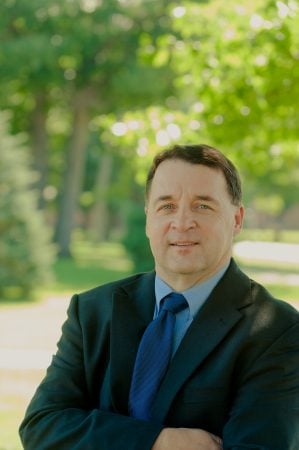
These are the questions engineers at Michigan Tech have been asking since the university’s founding in 1885, and the task that graduates from the (MSE) department have excelled at since its inception as one of the two founding departments at the Michigan School of Mines in Michigan’s Upper Peninsula.
Back then, the department was known as Metallurgy, and its focus was on ways to extract valuable metals, such as copper or iron, from their naturally occurring states within minerals and underground deposits.
Today, the discipline of materials science and engineering finds ways to use the fundamental physical origins of a material’s behavior in order to optimize its properties. “The invention of a new material could turn out to be a vital part of the solution to many of the challenges we now face,” notes Kampe.
“Since the beginning of recorded history, materials have been used to define our civilizations—and the evolutionary milestones associated with quality of life,” he explains.
“From the stone age to the bronze and iron ages, the materials and the human innovations that addressed the world’s challenges during those time periods, have been inextricably linked. Even today, our ability to address global challenges are heavily reliant on the materials that define our current generation,” he says.
“A lot hinges on the wisdom we possess in implementing in use of materials, and, increasingly, in their re-use.”
Contemporary materials science engineers (MSE’s) not only work with metals and alloys, but also with ceramics and glasses, and with polymers and elastomers. They work with composites, materials for electronic, magnetic and optical applications, and many other emerging materials and processes such as 2-D graphene, nanomaterials and biomaterials. Emerging materials include those for 3D printing (or additive manufacturing), smart materials, specialized sensors, and more.
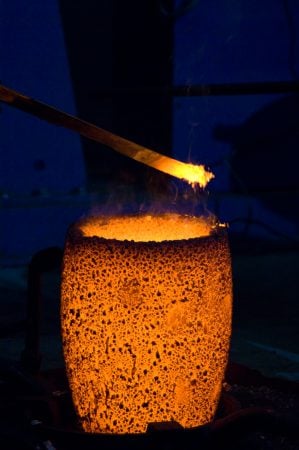
iron at approx. 1200°C.
“For example, MSEs are prominent in the conception and development of new battery technologies, as well as new lightweight materials that make cars and airplanes more fuel-efficient and reduce their CO2 footprint. MSEs are also involved in the development of new materials for the hydrogen economy, photovoltaics for sustainable solar energy, and materials that can convert kinetic energy into electrical and/or magnetic energy.
“The materials we use in our lives have a huge impact on our long term quality of life—and a huge impact on our ability to someday attain a circular economy and a sustainable world,” adds Kampe.
“Right now, today, we have the tools and data we need to make more intelligent decisions about the materials we use — to decide which materials, even some not yet invented, that would make the biggest difference. Our goal is to reduce or eliminate our dependence on unsustainable solutions.”
Despite its central importance to all engineering endeavors, MSE as a discipline is relatively small compared to other engineering disciplines such as mechanical, electrical, civil, and chemical engineering.
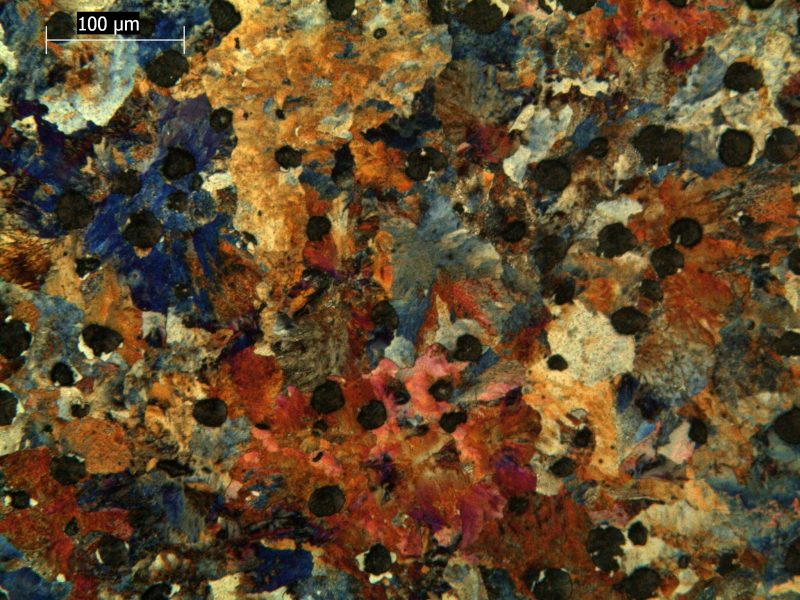
“It’s one of the best aspects of being an MSE,” says Kampe. “Class sizes are small, so students are able to build strong networks with classmates, faculty, staff—and with like-minded colleagues from other universities and companies from around the world. Our small size also enables collaborative environments with lots of personal interaction and one-on-one mentoring.”
Not only is Kampe a member of the Michigan Tech faculty, he is also an alumnus, earning a Bachelor’s, Master’s and a PhD in Metallurgical Engineering, all from Michigan Tech. He joined academia after working in the corporate research laboratory for a major aerospace company where scientists and engineers developed new products and technologies for the company’s future. He spent 17 years as an MSE professor at Virginia Tech, before coming full circle back to Michigan Tech.
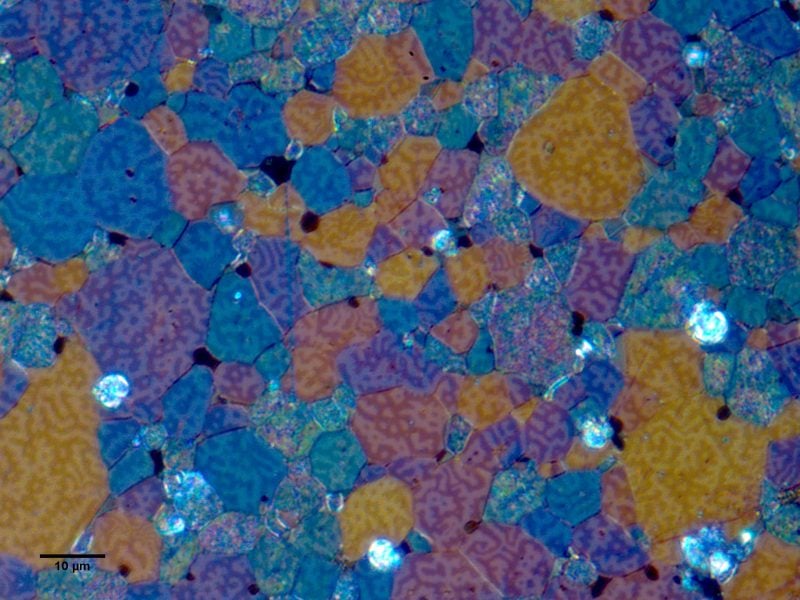
At Michigan Tech, the MSE department manages the university’s suite of scanning electron and transmission electron microscopes, including a unique, high resolution scanning transmission FEI Titan Themis, which all students use, even as undergraduates.
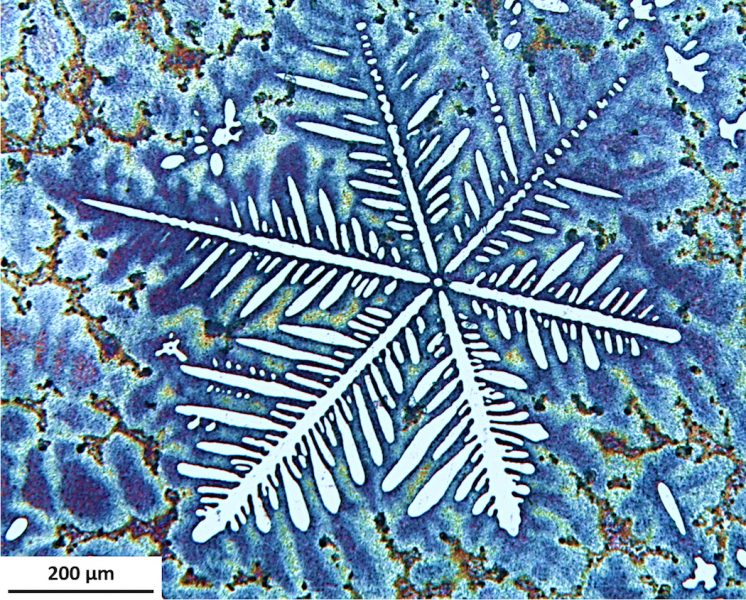
Have you ever put one of your own golf clubs under a high-powered microscope? Would you ever allow a student, a Michigan Tech alum, or even a community member to do something like that?
Sure. Bring one in. We’ll chop it up and take a good look at it.
When did you first get into engineering? What sparked your interest?
I grew up in Williamston, outside of East Lansing, downstate Michigan. My dad had degrees in agricultural and mechanical engineering, so life on Trailmark Farm was pretty much a hands-on engineering operation. For as long as I can remember, getting an engineering degree was pretty much a given for me—I just didn’t know where it would be from. My two older brothers went to Michigan Tech for engineering and really liked it, so Tech became the obvious destination for me, too. My individuality was manifested by my choice to pursue metallurgical engineering, which has close ties to chemistry and the sciences, my favorite subjects in high school. Perhaps I was also influenced by all the fracture surfaces I created during my time growing up on the farm.
Family and Hobbies?
All four siblings in my family (two brothers, a sister, and me) went to Tech. From those original four, there have been eight additional Huskies from the Kampe clan—three spouses including Associate Provost Jean Kampe; our son, Frank (BS Marketing); a niece and nephew, and two first cousins.
I enjoy spending time outdoors hiking, biking, snowshoeing, and especially tending to the chores on the small farm up near Quincy Mine in Hancock where Jean and I live— growing flowers and harvesting the fruit. In winter, I follow the Huskies, both hockey and basketball. I also skate twice a week in (faculty-rich) hockey gatherings.
And yes, I enjoy golfing but have been denied this passion for the past few years due to a prolonged shoulder injury.
Read more
Universities the World Needs: Michigan Tech MSE
Keys to a Unique Nameplate
Advanced Metalworks Enterprise
MakerMSE